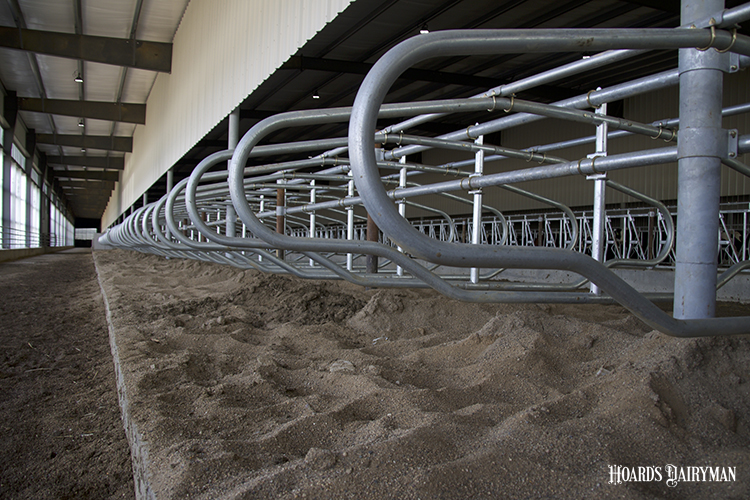
Whether building new or remodeling an existing facility, the ultimate goal of cow comfort should be driving the decision-making process. It is important, then, to understand what cows need to be comfortable and productive.
“Comfort is a state of ease and freedom from pain and physical constraint,” said agricultural engineer Dan McFarland during a Penn State Extension “Bovine Banter” podcast. He explained that reduced stress in dairy cattle typically leads to better milk production, fewer injuries, and improved longevity.
“Reducing involuntary culls and having productive cows in the milking herd longer is probably the primary benefit to improving cow comfort and has the greatest effect on the bottom line,” McFarland added.
With these benefits in mind, there are certain design features that can have the greatest impact on cow health and productivity.
“Any time we bring cows into shelter, the inside physical environment and conditions need to be similar or better than outside conditions,” McFarland advised.
He said a barn must provide excellent air quality, a clean and dry resting area, good access to feed and water, non-skid flooring, and protection from weather extremes. This pertains to all housing systems, whether it is a freestall, tie stall, or bedded-pack barn.
When evaluating dairy facilities, McFarland said, “I focus on things cows spend most of their time doing.” For starters, he noted that cows spend 24 hours a day breathing, so good ventilation is essential.
Next, they spend 10 to 14 hours a day resting, so McFarland said proper stall size, structure, and comfort need to be a priority as well.
Furthermore, he shared that cows may spend up to seven hours a day eating and drinking, so consider feed area design and water station placement very carefully.
“Last but not least, when cows slip and fall, injury often follows,” he stated. “Don’t neglect floor surfaces.”
If looking for ideas on how to improve cow comfort on your dairy farm, McFarland offered this recommendation.
“Tour, tour, tour, and take notes,” he said. “You will typically find things you like or do not care for at each visit.”
He also encouraged people to visit more than just new systems; take a look at successful farms that have been using their barn for a few years.
“Consider all options, then pare it down to a system containing the features you like and can manage,” he concluded.








